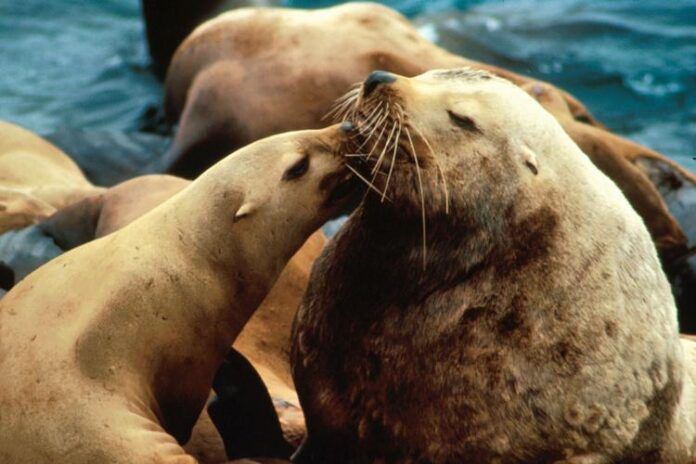The federal fisheries ministry is spending $200,000 to study sea lion populations north of Vancouver Island.
This week Fisheries and Oceans Canada announced a two-year project in partnership with the Heiltsuk First Nation near Bella Bella. Researchers will collect data about the abundance, distribution, health, diet, and contaminant load of California and Steller sea lion populations and how they have changed over time.
Kelly Brown with the First Nation says it’s a good opportunity to use western science and Indigenous knowledge together while studying sea lion populations.
“We are excited for this opportunity to use western science and Indigenous knowledge to better understand the sea lion populations in our territory, including their diet and contaminant load,” Brown says. “This is important work that will inform our management efforts to ensure a healthy, balanced ecosystem.”
It’s the only West Coast project to come out of DFO’s Seal Summit last year; the “sea lion’s share” of funding went to projects geared towards East Coast seal and cod harvesters.
In November 2022, Fisheries and Oceans Canada hosted the Seal Summit in Newfoundland and Labrador. The event brought together Indigenous partners, the commercial fishing industry, provincial and territorial representatives, and other stakeholders and experts to discuss opportunities to expand Canadian seal products into export markets, the importance of the seal harvest to Indigenous communities, and addressing gaps in data regarding seal populations.
The other three projects funded are:
- Nova Scotia – Development of a new biomarker technique to evaluate seal diets ($150,000)
- Newfoundland and Labrador – Seal Species Distribution, Abundance and Seasonality: Documenting Fish Harvesters’ Knowledge and Observations of Seals from Southern Labrador to the South Coast of Newfoundland ($94,000)
- Newfoundland and Labrador – The ecosystem role of harp seals in Newfoundland and Labrador ($200,000)




